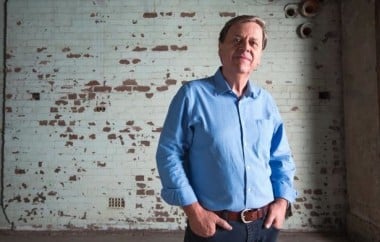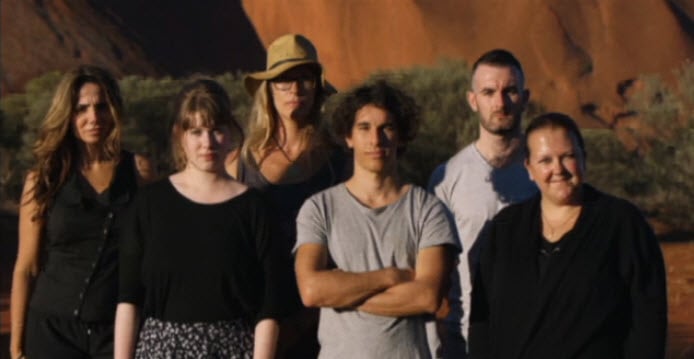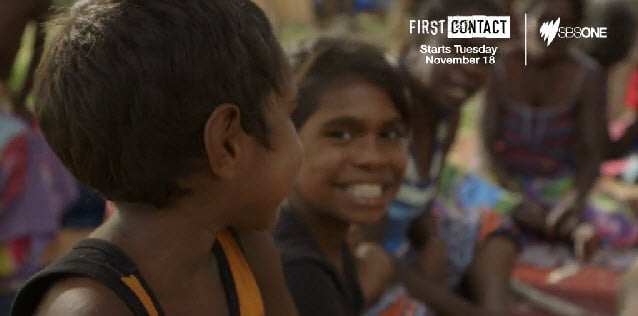

This post was originally published on the SBS Online network.
By RAY MARTIN
My own “first contact” was growing-up in the 1950s and 60s in country NSW – across The Great Divide. I’m not just talking about our famous mountain chain either: this was an Aussie form of apartheid.
 The six Australians heading out into the bush for First Contact. Image via SBS.
The six Australians heading out into the bush for First Contact. Image via SBS. A still from the program. Image via SBS.
A still from the program. Image via SBS.
Top Comments
After reading this, let me hear another "go back where u came from"
And I just found out that one of my ancestors was speared by an aboriginal. But hey he was a white fella just doing his job.
What's your point? Did you know the reasons behind said spearing? Do you know if the story hasn't been distorted by time, like chinese whispers? I'm not suggesting Aboriginal people have never done anything wrong, but 2 sentences doesn't tell us much.